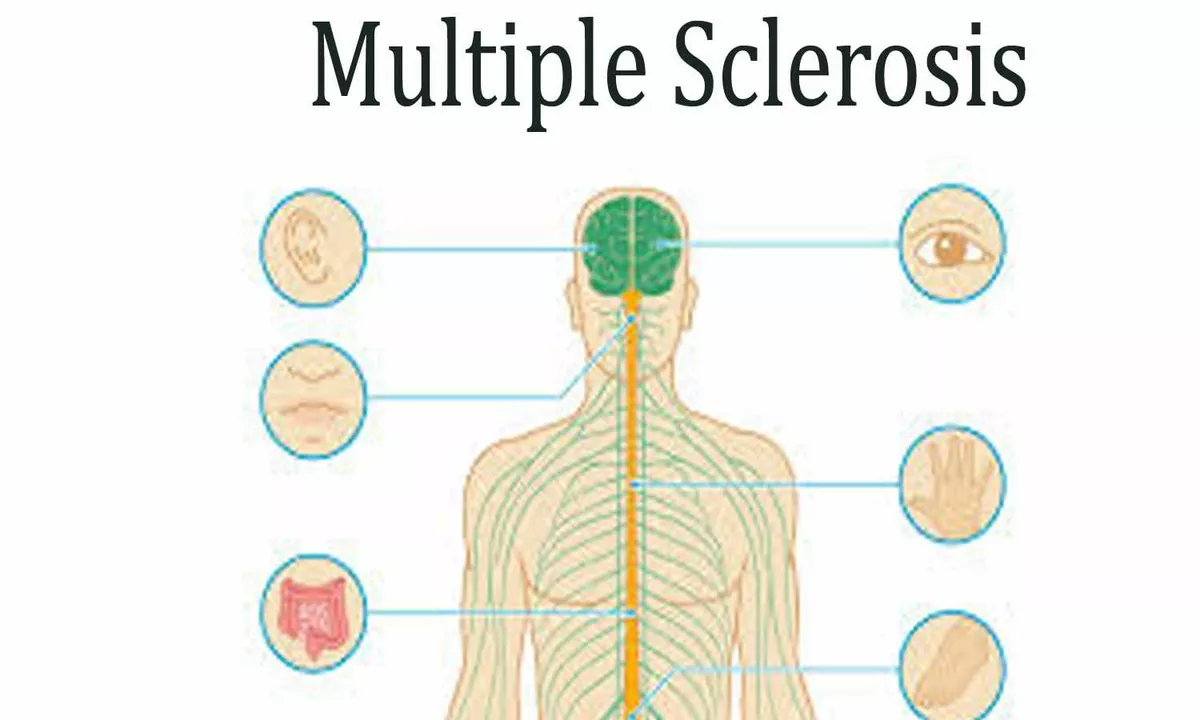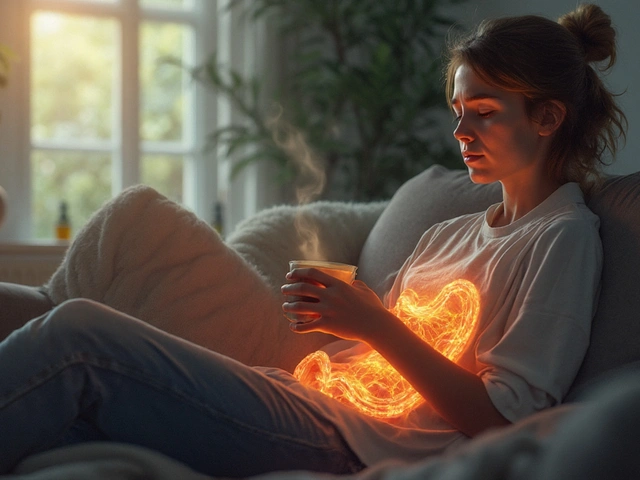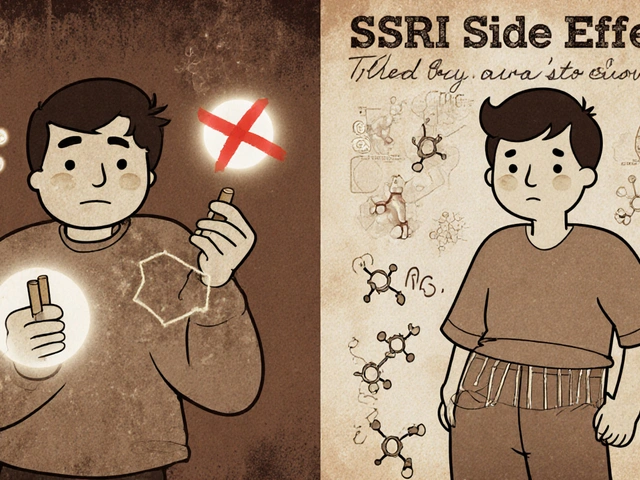Burning Sensation: What It Feels Like and Why It Happens
A burning sensation can show up in your mouth, skin, chest, feet or hands. It might be a short, annoying sting after spicy food or a constant, nerve-like fire that wakes you at night. The same word covers different problems, so figuring out where it starts helps you choose what to try next.
Common causes by location
Mouth: A burning tongue or lips often follows hot or spicy food, alcohol, or mouthwash. Another cause is burning mouth syndrome, where no clear reason shows up. Simple fixes—rinse with cool water, avoid irritants, and use bland foods—often help.
Chest: A burning feeling in the chest is usually heartburn or acid reflux. Taking an antacid, sitting upright after meals, and avoiding trigger foods like coffee, tomatoes, or fatty meals can calm it. If chest burning comes with shortness of breath, sweating, or pain that spreads to the arm or jaw, get emergency care.
Skin: Localized burning with redness and blisters can be a burn or shingles (a painful, band-like rash). Cool compresses, loose clothing, and over-the-counter pain relief help minor burns. For a blistering rash or fever, see a clinician—shingles needs antiviral treatment early.
Nerves: Nerve-related burning feels like pins, heat, or electric shocks. Common causes include diabetic neuropathy, alcohol-related nerve damage, and some medications or chemotherapy. Topical lidocaine, prescription nerve medicines (like gabapentin or duloxetine), and good blood sugar control are common treatments—talk to your doctor about options.
Practical steps you can try now
1) Cool and protect. For skin burns, hold a cool (not ice) compress for 10–15 minutes and cover with clean cloth. For mouth burning, sip cool water and avoid spicy or acidic foods for a day.
2) Over-the-counter relief. Antacids for heartburn, topical lidocaine patches or creams for localized nerve pain, and capsaicin cream for some chronic nerve pain can help. Always read labels and try a small patch test on skin first.
3) Remove triggers. Tight shoes, hot showers, harsh soaps, or new medications can cause or worsen burning. If a new drug lines up with your symptoms, call your prescriber before stopping it.
4) Manage chronic causes. If you have diabetes, aim for stable blood sugar. If reflux keeps returning, work with your provider on diet changes, weight loss, and medication that fits your needs.
Warning signs: seek urgent care for sudden severe burning with chest pressure, trouble breathing, fainting, high fever with rash, progressing numbness or weakness, or if symptoms follow injury or chemical exposure. For ongoing or unexplained burning that affects sleep or daily life, book a medical visit—diagnosis often needs a history, exam, and sometimes tests.
Burning sensations can be minor or a sign of something serious. Try the simple fixes above, but don’t ignore red flags. If you need help figuring out what’s most likely in your case, ask a clinician and mention exactly where, when, and how the burning started—those details matter.

The Connection Between a Burning Sensation and Multiple Sclerosis
In my latest blog post, I explored the connection between a burning sensation and Multiple Sclerosis (MS). It turns out that this uncomfortable symptom is caused by damaged nerves sending wrong signals to the brain, which is quite common in MS patients. This burning sensation, also known as dysesthesia, can be highly distressing and affect a person's quality of life. Fortunately, there are treatments available to help manage this symptom, such as medications and physical therapy. If you or a loved one is experiencing this burning sensation, it's crucial to consult a healthcare professional for proper diagnosis and treatment options.
Read More




